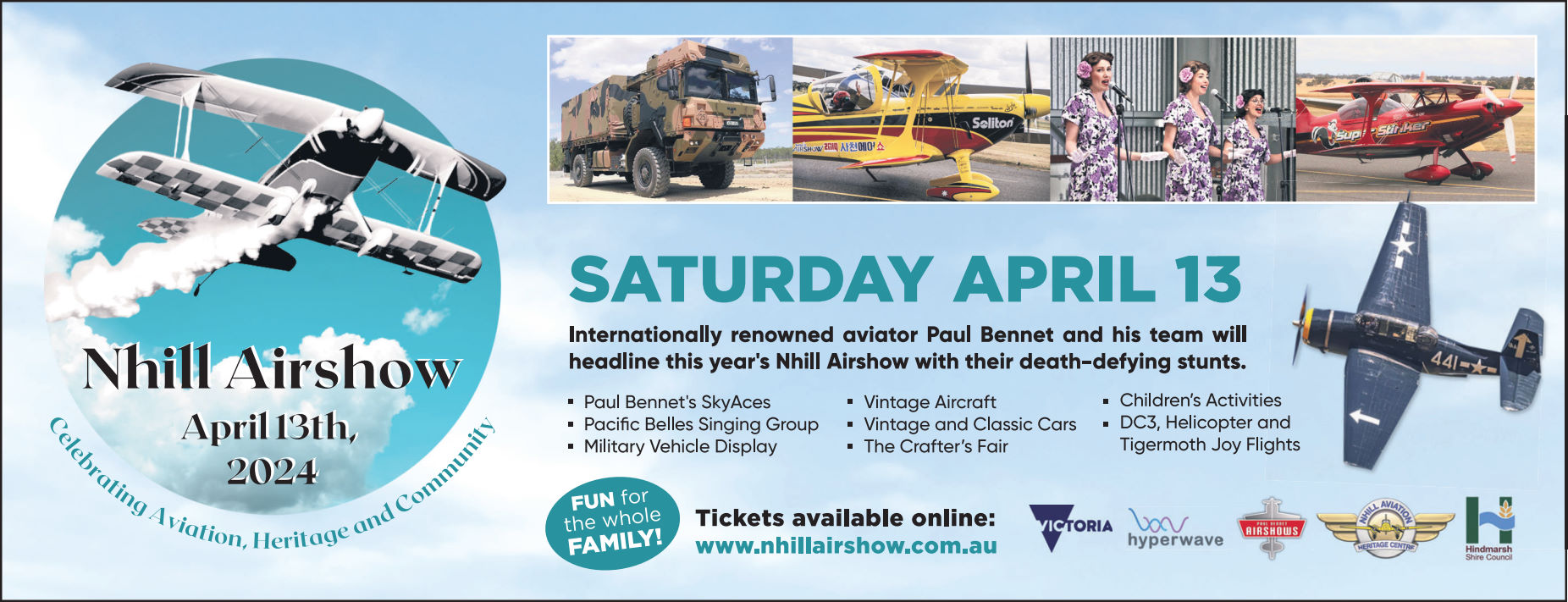Anzac Day this week gives a focus to remember and honour the sacrifices made by ordinary Australians in extraordinary circumstances on battlefields around the world over more than a century.
Whilst the emphasis is often on the deeds of the front line soldiers and their leaders, there are also many who served in other equally important roles during and following the conflicts.
One very significant support for those fighting on the battlefields are the medical staff.
During World War One, medical treatment began on the battlefield at a regimental aid post located in the combat zone and then depending upon the severity of the wound and the treatment required, would progress to a casualty clearing station behind the front lines then to a field hospital. More severe patients could then be transferred to a base hospital well away from the combat zone.
Above - An Australian Field Dressing Station during the Battle of Messines in June 1917.
Medical staff served at each of these locations whilst the men of the Field Ambulance had the task of transporting the wounded to the aid posts and clearing stations, frequently doing their work under enemy fire and the same conditions encountered by the troops. Up to eight men were required to carry one wounded soldier on a stretcher from the battle field to the aid post
Many of those who served in this capacity have not received the full recognition of their service as many in the Field Ambulance although included on many memorials, their capacity as medical staff is not always noted, and many nurses were not included on memorials.
Below are some of the many who volunteered from the Dimboola district to fulfil this vital role.
Field Ambulance
One such member of the 6th Field Ambulance was local resident John Francis 'Frank' Murphy, who when war was declared, was the head teacher at the Tarranyurk primary school.
After initially being rejected for service, Murphy was accepted and embarked for Europe in March 1916 and over the next three years served on the front lines during many of the significant battles on the Western Front in France and Belgium.
For his devoted service he received the Distinguished Conduct Medal For conspicuous gallantry and devotion to duty as a stretcher bearer. At a time of many casualties he carried on day and night over rough ground continually subjected to heavy shell fire and often hampered by gas. In spite of great dangers, his squad remained intact. This was mainly due to his masterly discretion, great energy, and courage.
Upon his return to Australia in May 1919 Murphy returned to teaching, spending time at Pimpinio and Dimboola.
Nursing
Nursing was one of the few ways that women could serve during this conflict, but the record of their service is not as well documented as the soldiers.
A number of local nurses answered the call and served overseas in Egypt, France, Greece and India.
Jeparit born Eileen Marguerita Rae was living in Gippsland when she enlisted in June 1918 and was posted to the Station Hospital in Bangalore in India.
Although this was well away from the fighting, it still had its dangers, as Eileen was admitted to another hospital in Bangalore late in January 1919 dangerously ill with Smallpox.
She eventually returned to Australia in February 1920.
Twenty Three year old Olive May Gillies was born in Dimboola and did her nursing training at Horsham before enlisting and being posted to India in November 1917.
She served there until November 1919 when she returned to Australian and moved to live in Queensland.
Olive Gillies (her mother's maiden name) appears on the Honour Roll at D.M.S.C. as Sister O Wiederman.
After enlisting early in the last year of the War, Sister Olive Isabel Laycock made two trips to England, working transport duty on hospital ships tending wounded soldiers as they were transported back to Australia.
Sisters Annie Elizabeth McIntyre known as Bess, and Daisy Florence McIntyre both had trained as nurses at the Warracknabeal District Hospital prior to the War.
Bess left Australia in June 1915 and after serving in both Egypt and France returned to live in Warracknabeal in April 1919.
Daisy enlisted a year later and served in Egypt, India and Salonika in Greece before returning home in 1918 where she worked at the Caufield Military Hospital in Melbourne.
Subsequently she accepted a position to nurse in South Africa and ended up living in Ceylon (Sri Lanka).
Dimboola-born Thora Augusta McLennan saw service as a nurse in Salonika in Greece from the middle of 1917, but contracted malaria in June 1918 and as a result was declared unfit for service and returned to Australia in November 1918, where she lived until 1963 in New South Wales.
A Sister Robinson also appears on the Dimboola Honour Roll, and with no initials to positively identify her, it is believed that this was Mary Veronica Robinson from Kewell North who served in India from June 1917.
After developing serious appendicitis she was invalided back to Australia in December 1918.
|






